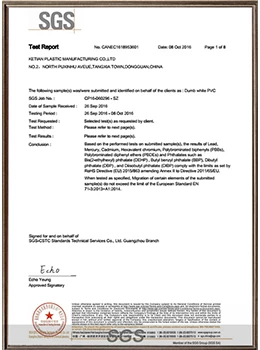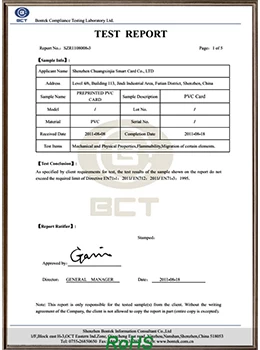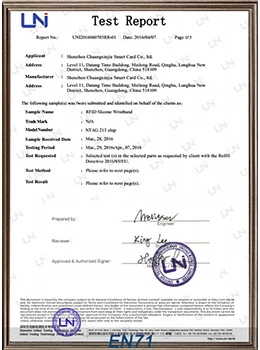Pharmacy Group Asembia uses UHF RFID handheld to manage high value drugs
Chuangxinjia
www.nfctagfactory.com
2018-10-24 15:47:24
Asembia is a healthcare services, contracting and technology company that is currently using RFID systems to manage the inventory and effective time of its high value drugs. Since the UHF RFID system was used this year, the company's sales department and pharmacy have achieved better inventory effective period management, thereby reducing product losses.
After the drug arrives at the distribution site in Asembia, there is usually a 14-15 month validity period. Patients are generally reluctant to receive drugs with a shelf life of less than 1 year. This means that Asembia and its pharmacy network members can only sell these items for up to 2-3 months.
Before using RFID systems, Asembia and its pharmacy network members typically used manual record expiration to manage. This process is very cumbersome and unscientific, and the probability of error is quite large. Asembia finally adopted an RFID-based inventory management solution with a passive UHF RFID tag attached to each drug. Asembia attaches tags to its distribution facility, and the tag ID in the software is bound to the item information.
After the pharmacy placed the order, Asembia employees began to select the drug, and then use the UHF RFID handheld to check the inventory before shipment. RFID software can capture and manage new product delivery data for each pharmacy. The data will be forwarded to a custom dashboard of the system in real time. In this way Asembia can achieve inventory visibility for each pharmacy location. Then, the pharmacy can access the data on the RFID software. In addition, they can use the system to track inventory information in the pharmacy.

After the drug arrives at the distribution site in Asembia, there is usually a 14-15 month validity period. Patients are generally reluctant to receive drugs with a shelf life of less than 1 year. This means that Asembia and its pharmacy network members can only sell these items for up to 2-3 months.
Before using RFID systems, Asembia and its pharmacy network members typically used manual record expiration to manage. This process is very cumbersome and unscientific, and the probability of error is quite large. Asembia finally adopted an RFID-based inventory management solution with a passive UHF RFID tag attached to each drug. Asembia attaches tags to its distribution facility, and the tag ID in the software is bound to the item information.
After the pharmacy placed the order, Asembia employees began to select the drug, and then use the UHF RFID handheld to check the inventory before shipment. RFID software can capture and manage new product delivery data for each pharmacy. The data will be forwarded to a custom dashboard of the system in real time. In this way Asembia can achieve inventory visibility for each pharmacy location. Then, the pharmacy can access the data on the RFID software. In addition, they can use the system to track inventory information in the pharmacy.

After receiving the product order, the pharmacy staff uses the UHF RFID handheld to scan the sales items and update the item sales status. Every night, the staff also scans the remaining inventory for inventory and compares it with the data in the workflow management software.
If the product is recalled, the employee simply enters the item information and turns on the count mode on the RFID handheld device, then the item can be found quickly. In addition, Asembia can track product batches and expiration times.
At the same time, for Asembia's pharmacy network members, the process of RFID handheld scanners scanning inventory eliminates manual labor time of the pharmacy staff and can be reported to Asembia on a regular basis.
The biggest benefit of this solution is to ensure that patients get a safe and effective product. By integrating the inventory management system into Asembia's existing systems, supply chain logistics can be combined with product delivery to enhance the patient care experience.
If the product is recalled, the employee simply enters the item information and turns on the count mode on the RFID handheld device, then the item can be found quickly. In addition, Asembia can track product batches and expiration times.
At the same time, for Asembia's pharmacy network members, the process of RFID handheld scanners scanning inventory eliminates manual labor time of the pharmacy staff and can be reported to Asembia on a regular basis.
The biggest benefit of this solution is to ensure that patients get a safe and effective product. By integrating the inventory management system into Asembia's existing systems, supply chain logistics can be combined with product delivery to enhance the patient care experience.









